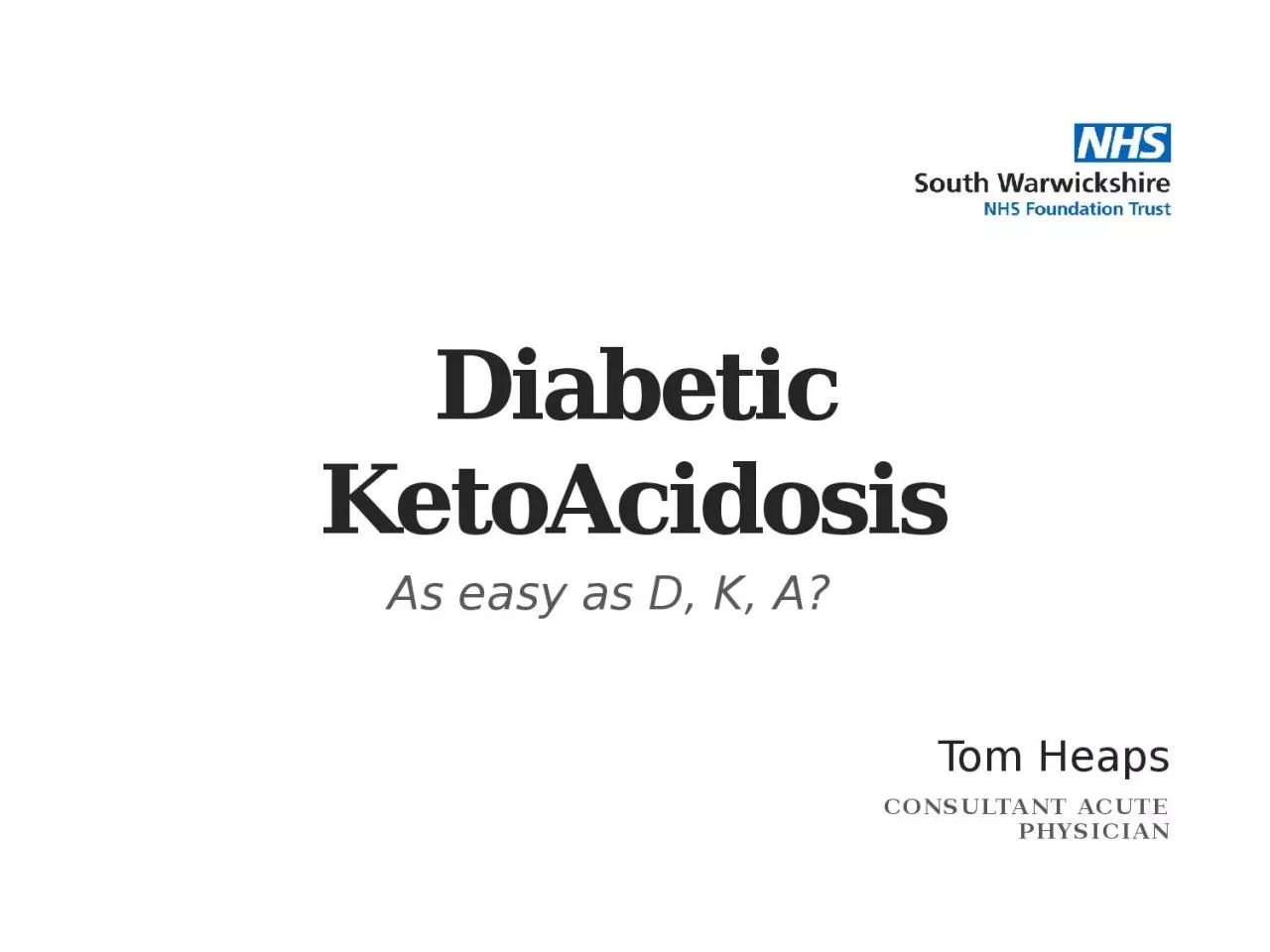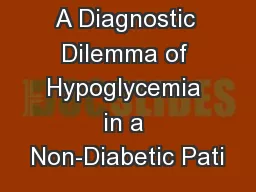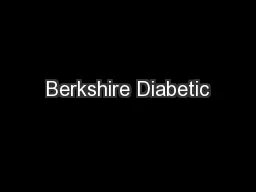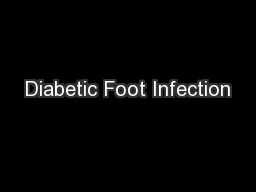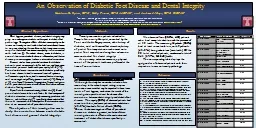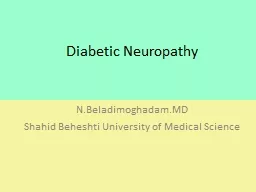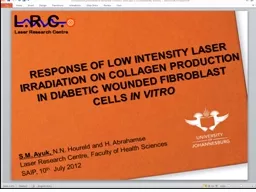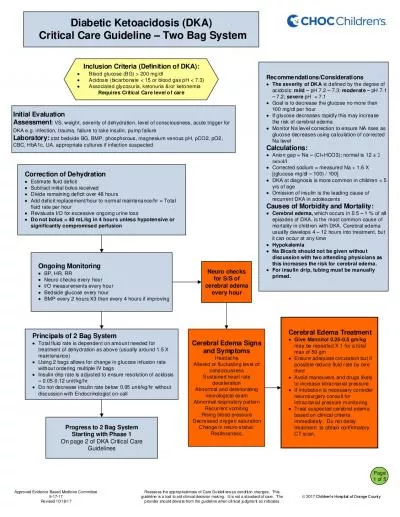PPT-Diabetic KetoAcidosis As easy as D, K, A?
Author : ash | Published Date : 2022-06-11
Clinical Case 25yearold male with type 1 diabetes lantus 26 units ON and novorapid 12 units TDS recurrent attendances with DKA admitted with 24h history of vomiting
Presentation Embed Code
Download Presentation
Download Presentation The PPT/PDF document "Diabetic KetoAcidosis As easy as D, K, ..." is the property of its rightful owner. Permission is granted to download and print the materials on this website for personal, non-commercial use only, and to display it on your personal computer provided you do not modify the materials and that you retain all copyright notices contained in the materials. By downloading content from our website, you accept the terms of this agreement.
Diabetic KetoAcidosis As easy as D, K, A?: Transcript
Download Rules Of Document
"Diabetic KetoAcidosis As easy as D, K, A?"The content belongs to its owner. You may download and print it for personal use, without modification, and keep all copyright notices. By downloading, you agree to these terms.
Related Documents

